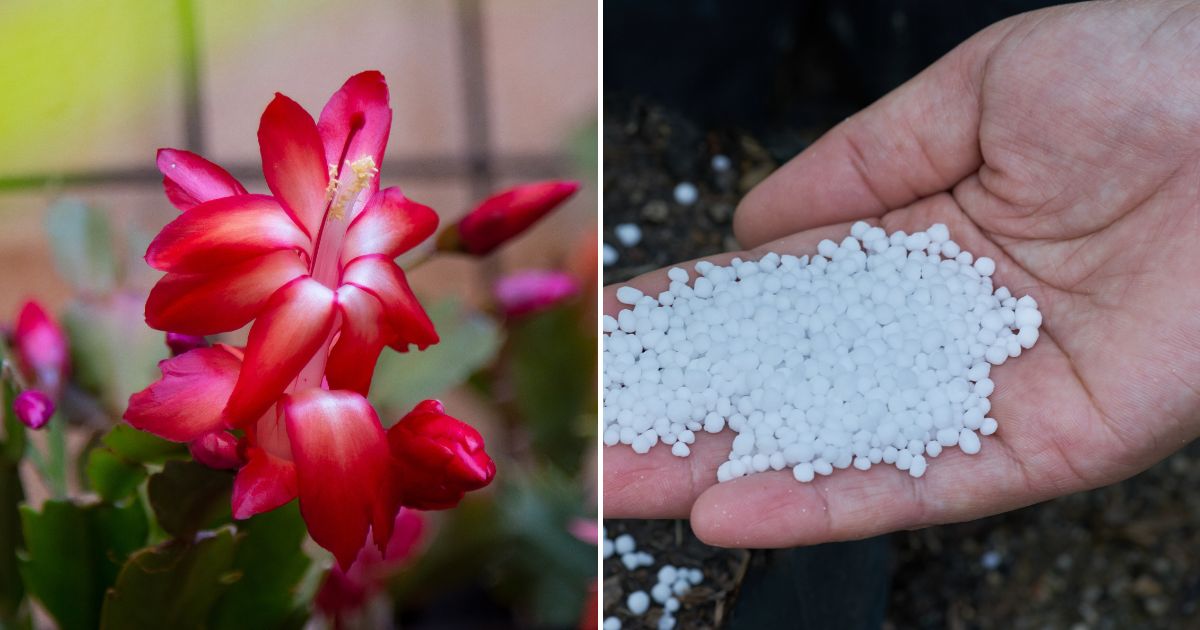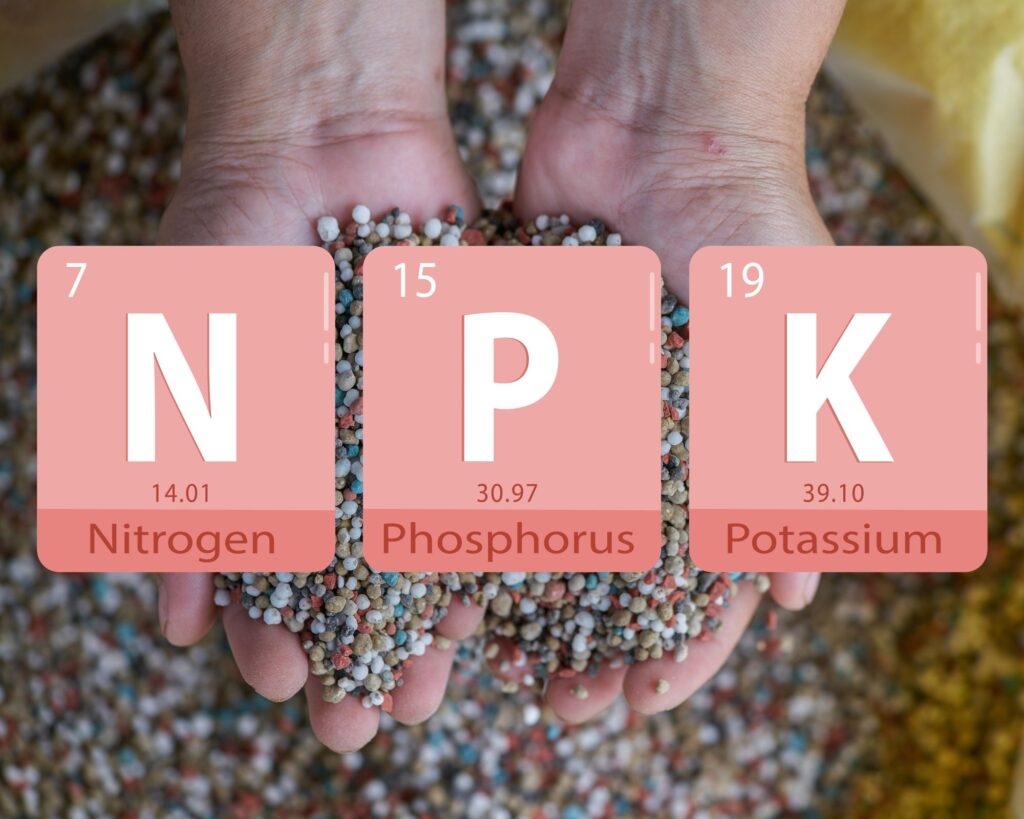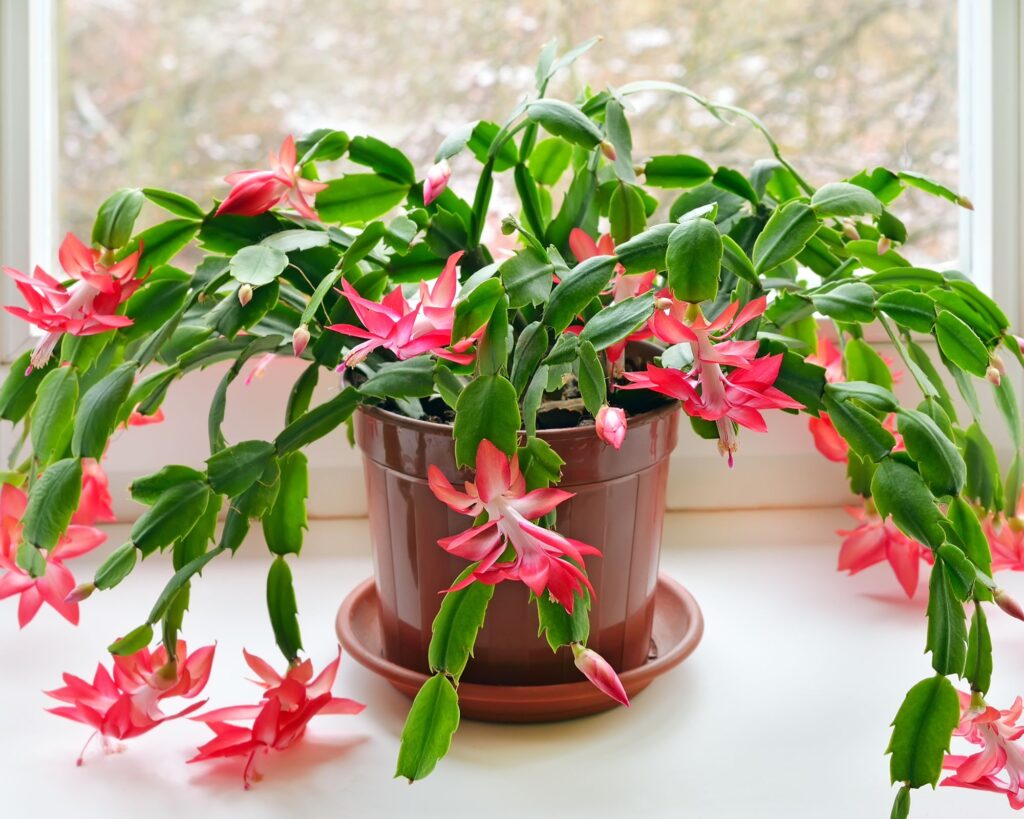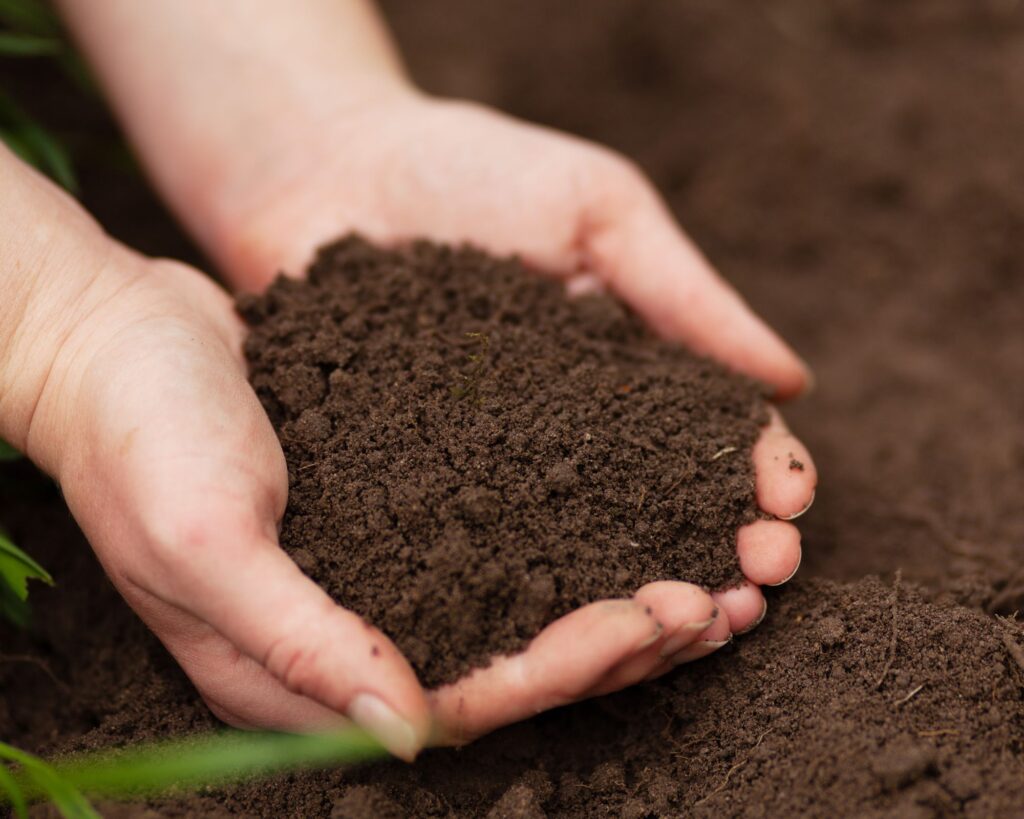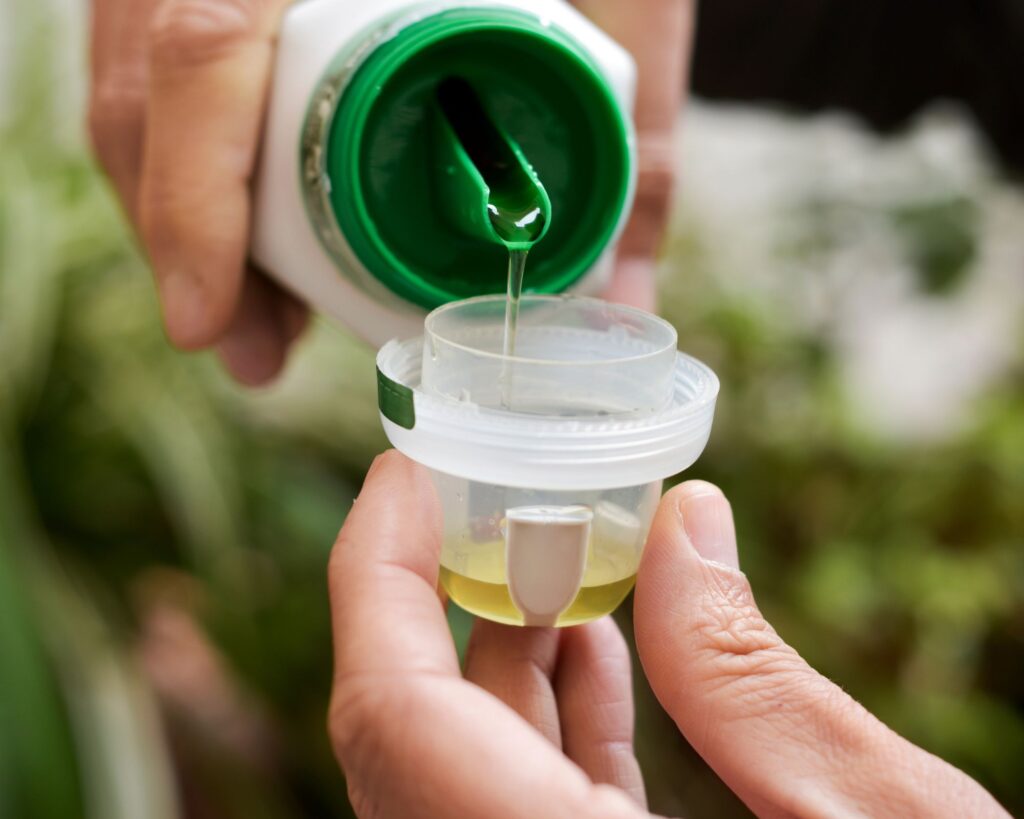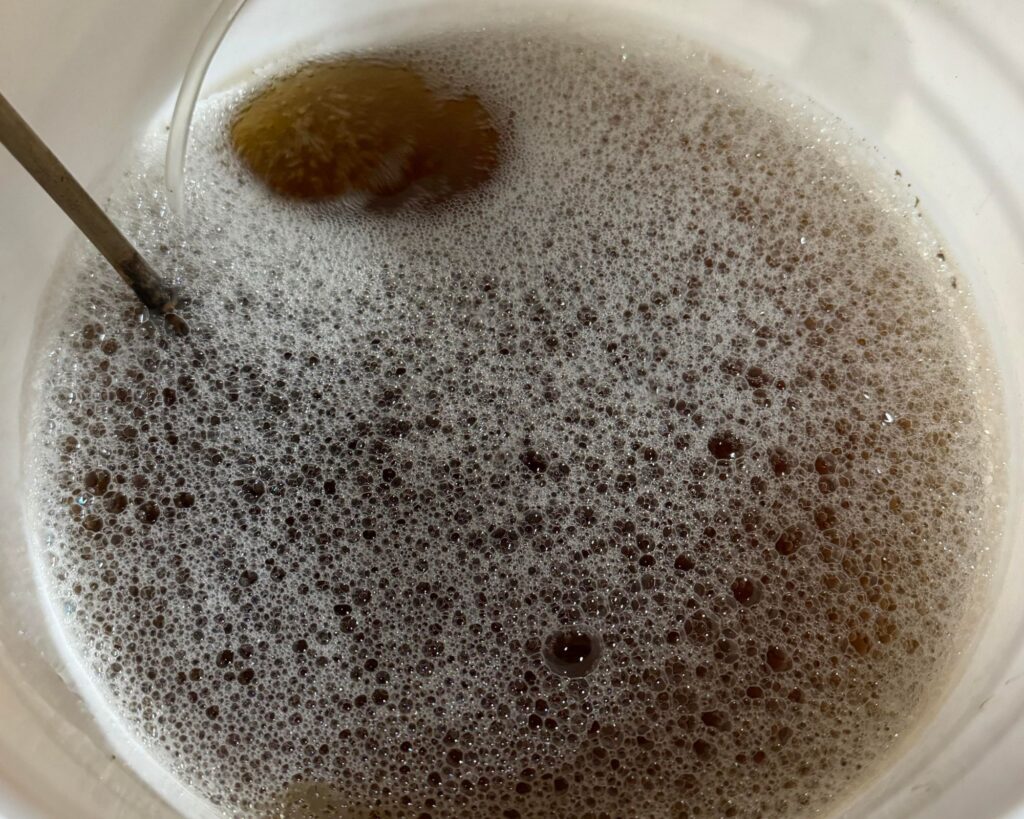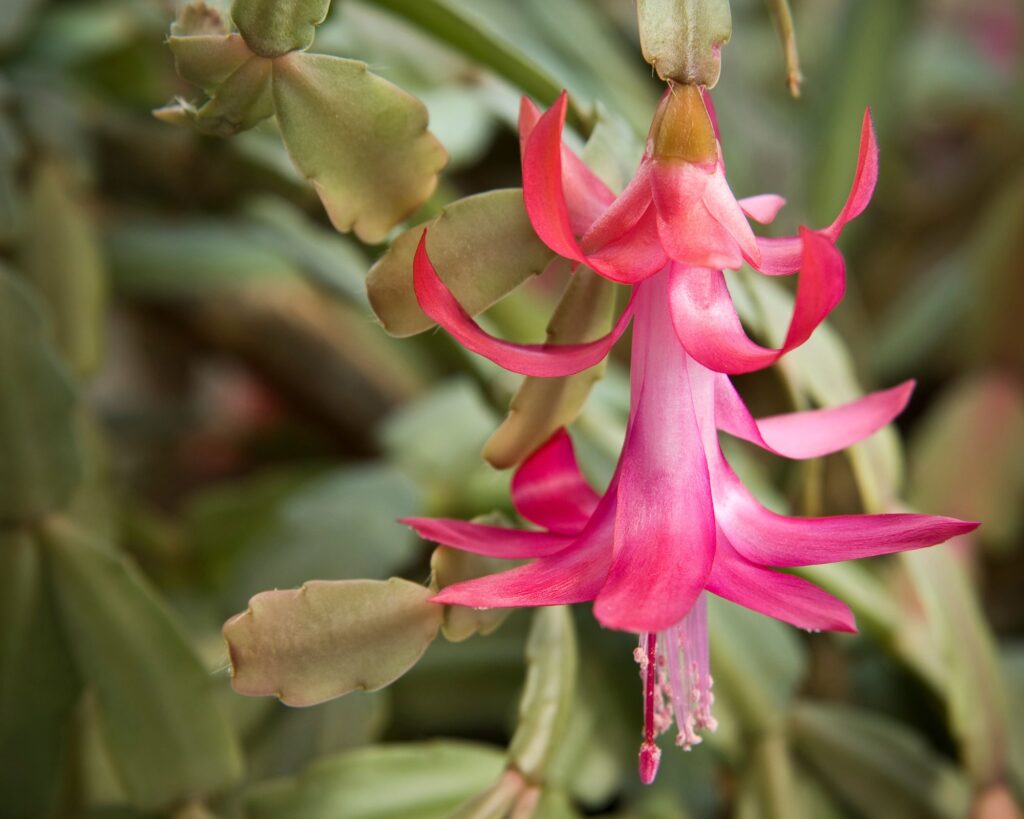Christmas cacti (Schlumbergera spp.) aren’t just ordinary houseplants; they’re wintertime showstoppers that light up your home with vibrant, tubular blooms when most plants are fast asleep.
But here’s the catch: getting your Christmas cactus to thrive and bloom year after year requires more than just luck – it needs the right nutrients.
If your cactus has been looking a little lackluster or hasn’t bloomed as profusely as you’d hoped, the problem might be in the fertilizer you’re using.
Don’t worry; we’re here to help you unlock the secrets to lush foliage and stunning flowers.
In this article, we’ll break down the best fertilizers for Christmas cacti, how to use them effectively, and a few extra tips to keep your plant thriving. Ready to give your Christmas cactus the boost it needs?
Understanding the Nutritional Needs of Christmas Cacti
Before diving into specific fertilizers, it’s important to understand the basic nutritional requirements of Christmas cacti.
These plants prefer a balanced mix of nutrients, particularly nitrogen (N), phosphorus (P), and potassium (K). Here’s a breakdown of each component’s role:
- Nitrogen (N): Promotes healthy leaf and stem growth, helping your cactus maintain its vibrant green color.
- Phosphorus (P): Supports root development and flower production, crucial for the blooming phase of the Christmas cactus.
- Potassium (K): Strengthens overall plant health and boosts resistance to diseases and stress.
Besides the primary nutrients, Christmas cacti also benefit from trace elements like calcium, magnesium, and iron. These micronutrients contribute to overall plant vigor, chlorophyll production, and healthy root development.
When to Fertilize Your Christmas Cactus
Knowing when to fertilize your Christmas cactus is just as important as choosing the right fertilizer. Christmas cacti typically have a growth cycle with two distinct phases: an active growing period and a dormancy period.
Understanding these phases will guide you in timing your fertilization for maximum benefit.
1. Active Growing Period (Spring to Early Fall): This is when your Christmas cactus actively grows new stems and leaves.
Fertilizing every 2-4 weeks during this period provides the nutrients necessary for robust growth and prepares the plant for its flowering phase.
2. Dormancy and Flowering Period (Late Fall to Winter): In the fall, the plant transitions to a rest period, which helps set buds for the winter bloom. During this time, reduce fertilization or stop altogether.
Once the buds appear and the plant begins blooming, refrain from feeding to avoid stress on the plant.
3. Post-Bloom Rest (Winter to Early Spring): After blooming, the Christmas cactus enters a brief rest period. It’s a good time to resume light feeding as new growth starts to emerge, setting the stage for the next growth cycle.
Top Fertilizers for Christmas Cacti
Now, let’s dive into the best fertilizers that cater to the unique needs of Christmas cacti:
1. Balanced Liquid Fertilizers (20-20-20)
A balanced liquid fertilizer with equal parts nitrogen, phosphorus, and potassium (e.g., 20-20-20) is an excellent choice for Christmas cacti.
This type of fertilizer provides a steady supply of essential nutrients, promoting healthy foliage growth and root development.
Liquid fertilizers are easily absorbed by the plant’s roots and can be diluted to the appropriate strength to avoid over-fertilizing.
How to Use: Dilute the fertilizer to half its recommended strength (e.g., 10-10-10) to prevent nutrient overload, which can damage the delicate roots of the Christmas cactus. Apply once every 2-4 weeks during the active growing period.
2. Bloom-Boosting Fertilizers (10-30-20)
For a nutrient boost that encourages flower production, a bloom-boosting fertilizer with a higher phosphorus content (e.g., 10-30-20) is ideal.
Phosphorus plays a crucial role in bud formation and blooming, making these fertilizers especially beneficial as your Christmas cactus transitions into its flowering phase.
How to Use: Use a diluted bloom-boosting fertilizer starting in late summer to early fall, just before the plant enters its bud-setting period.
Apply every 2-4 weeks until buds appear, then stop fertilizing during the blooming period to allow the plant to focus its energy on flowering.
3. Cactus and Succulent Fertilizers (2-7-7 or 2-4-7)
Cactus-specific fertilizers are designed with the unique needs of cacti and succulents in mind.
These fertilizers usually have a lower nitrogen content and higher phosphorus and potassium, supporting flowering and overall plant health without promoting excessive foliage growth, which can alter the plant’s natural form.
How to Use: Follow the manufacturer’s instructions for dilution and application frequency. Typically, applying cactus and succulent fertilizer once a month during the active growing season suffices for Christmas cacti.
4. Organic Fertilizers (Compost Tea, Worm Castings, Fish Emulsion)
If you prefer a more natural approach to feeding your Christmas cactus, organic fertilizers like compost tea, worm castings, and fish emulsion are excellent options.
These organic alternatives provide a slow-release source of nutrients and improve soil health, enhancing the plant’s ability to absorb nutrients effectively.
- Compost Tea: Rich in beneficial microbes, compost tea boosts soil health and provides a gentle nutrient boost.
- Worm Castings: Packed with essential nutrients and beneficial microorganisms, worm castings enrich the soil and support robust root development.
- Fish Emulsion: High in nitrogen, fish emulsion promotes vibrant foliage. However, use it sparingly to avoid excessive nitrogen buildup.
How to Use: Mix these organic fertilizers into the soil or water your Christmas cactus with a diluted solution every 4-6 weeks during the growing season.
5. Slow-Release Granular Fertilizers (9-6-6 or 14-14-14)
Slow-release granular fertilizers offer the convenience of providing a steady supply of nutrients over an extended period. They gradually release nutrients into the soil, reducing the risk of over-fertilizing and making them a great option for busy gardeners.
How to Use: Apply slow-release fertilizer to the soil at the beginning of the growing season (spring). Follow the packaging instructions for the appropriate amount to use based on the size of your plant and pot. Reapply as needed, typically every 3-6 months.
Tips for Fertilizing Christmas Cacti
- Avoid Over-Fertilizing: Christmas cacti are sensitive to over-fertilization, which can cause root burn and affect blooming. Always dilute liquid fertilizers to half the recommended strength and apply less frequently if unsure.
- Flush the Soil: Every 2-3 months, flush the soil with plain water to remove salt and mineral buildup from fertilizers. This practice helps maintain a healthy soil environment for your cactus.
- Monitor Your Plant: Watch for signs of nutrient deficiencies, such as yellowing leaves or stunted growth. Adjust your fertilization routine if your Christmas cactus appears stressed or isn’t blooming as expected.
Choosing the best fertilizer for your Christmas cactus can make a significant difference in its growth, health, and blooming potential.
Balanced liquid fertilizers, bloom-boosting formulas, cactus-specific options, organic fertilizers, and slow-release granules all have their unique benefits.
The key is to tailor your fertilization strategy to your plant’s growth cycle, using the appropriate type and amount at the right times.
By understanding and meeting your Christmas cactus’s nutritional needs, you’ll be rewarded with a healthy plant adorned with stunning blooms year after year.
With a little care and the right nutrients, your Christmas cactus will thrive, adding a touch of nature’s beauty to your indoor space during the holiday season and beyond.
